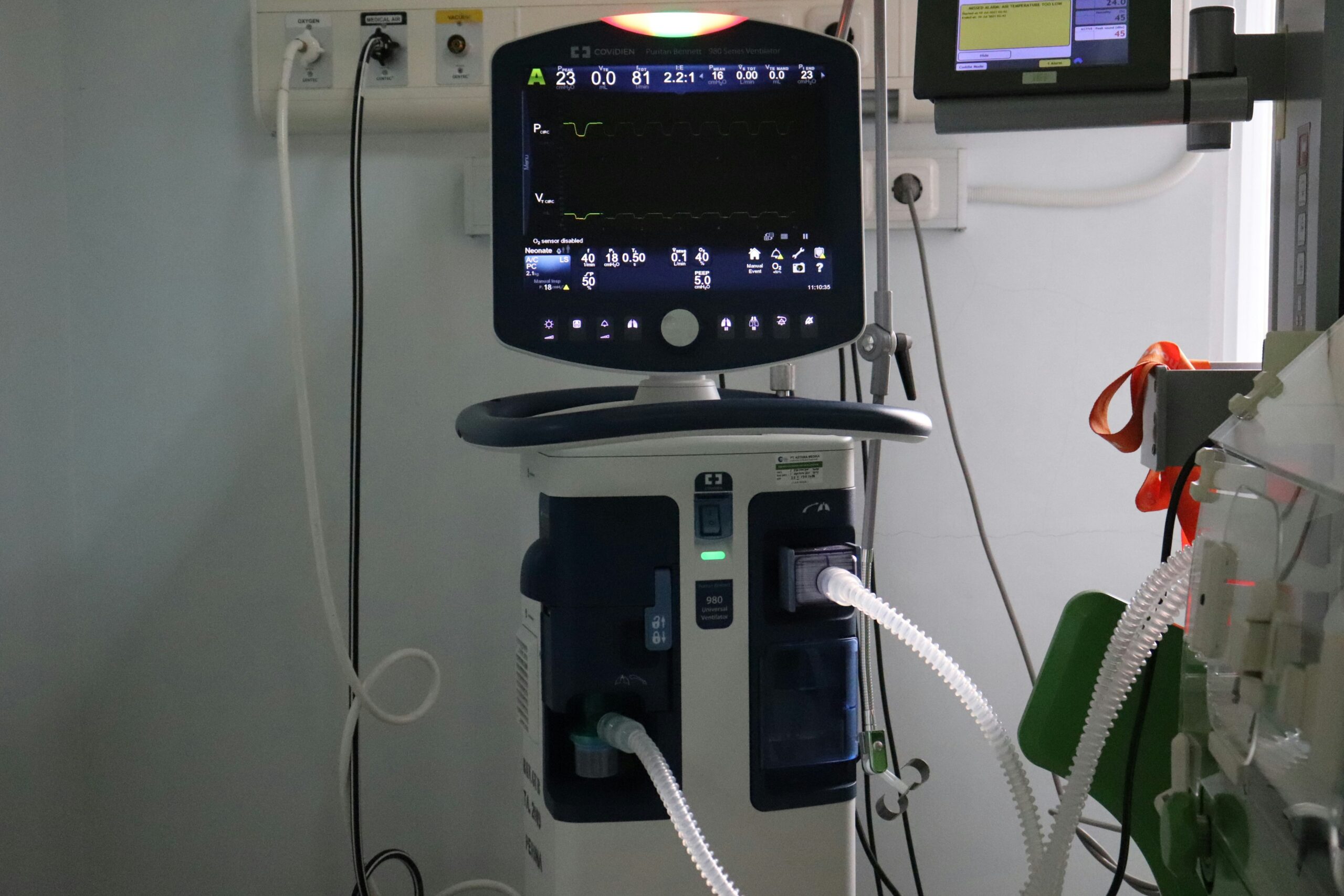When someone becomes critically ill, doctors may use life-sustaining treatments to support vital body functions. These treatments can be lifesaving. But sometimes, especially in serious or advanced illnesses, they may not change the outcome—and may only prolong suffering.
This blog post talks about three common intensive treatments, what they involve, and things to think about if you or your family ever have to decide about them.
1. Breathing Tubes and Ventilators
If a person stops breathing or is struggling to breathe, doctors may insert a breathing tube into the windpipe (this process is called intubation) and connect it to a ventilator—a machine that helps the person breathe.
What to Expect:
- The tube goes through the mouth into the lungs.
- You won’t be able to speak while the tube is in.
- You’ll likely be sedated (given medication to keep you asleep and comfortable).
Important to Know:
- Ventilators are often used temporarily—for example, during recovery from a lung infection.
- But sometimes, especially in people with severe illnesses, it’s unclear whether and when the ventilator can be removed.
- You may want to consider: Would you want this treatment only for a short time? Or only if there’s a good chance of recovery? Or not at all?
2. Cardiopulmonary Resuscitation (CPR)
If your heart suddenly stops beating, doctors may perform CPR (Cardiopulmonary Resuscitation) to try and restart it.
CPR can involve:
- Pushing hard on your chest to keep blood flowing
- Inserting a breathing tube and ventilating the lungs
- Giving electric shocks (defibrillation)
- Using emergency medicines
What You Should Know:
- Some people recover well after CPR.
- Others, especially those with advanced illnesses, may not survive or may wake up with severe brain damage due to lack of oxygen.
- CPR can be traumatic to the body, especially in older or frail individuals.
You can decide ahead of time whether you would want CPR in the event of cardiac arrest.
3. Feeding Tubes
If you cannot eat by mouth, doctors may offer to place a feeding tube into your stomach or intestines to deliver nutrition.
Feeding Tubes Can:
- Support your body during temporary illness or recovery
- Provide long-term nutrition in people who cannot eat at all
Things to Consider:
- Feeding tubes can help people recover from illness.
- But in patients who are permanently unconscious or have no chance of recovery, a feeding tube may prolong life without improving its quality.
- You can choose to accept or decline this treatment, depending on your goals and values.
Making These Decisions: What Matters Most
These treatments are powerful, but they also come with their own risks and discomfort, especially in medical conditions with uncertain outcomes. What matters most is what you value: Is it living as long as possible no matter what? Is it staying comfortable? Is it being able to communicate and interact with family?
You have the right to make these decisions for yourself. And if you become unable to speak, your family and doctors can make choices on your behalf—if they know your wishes.
Plan Ahead: Make Your Choices Known
You can write down your preferences for treatments like these in a document called a Living Will or Advance Medical Directive. This can give your family peace of mind and help your doctors respect your values during a crisis.

